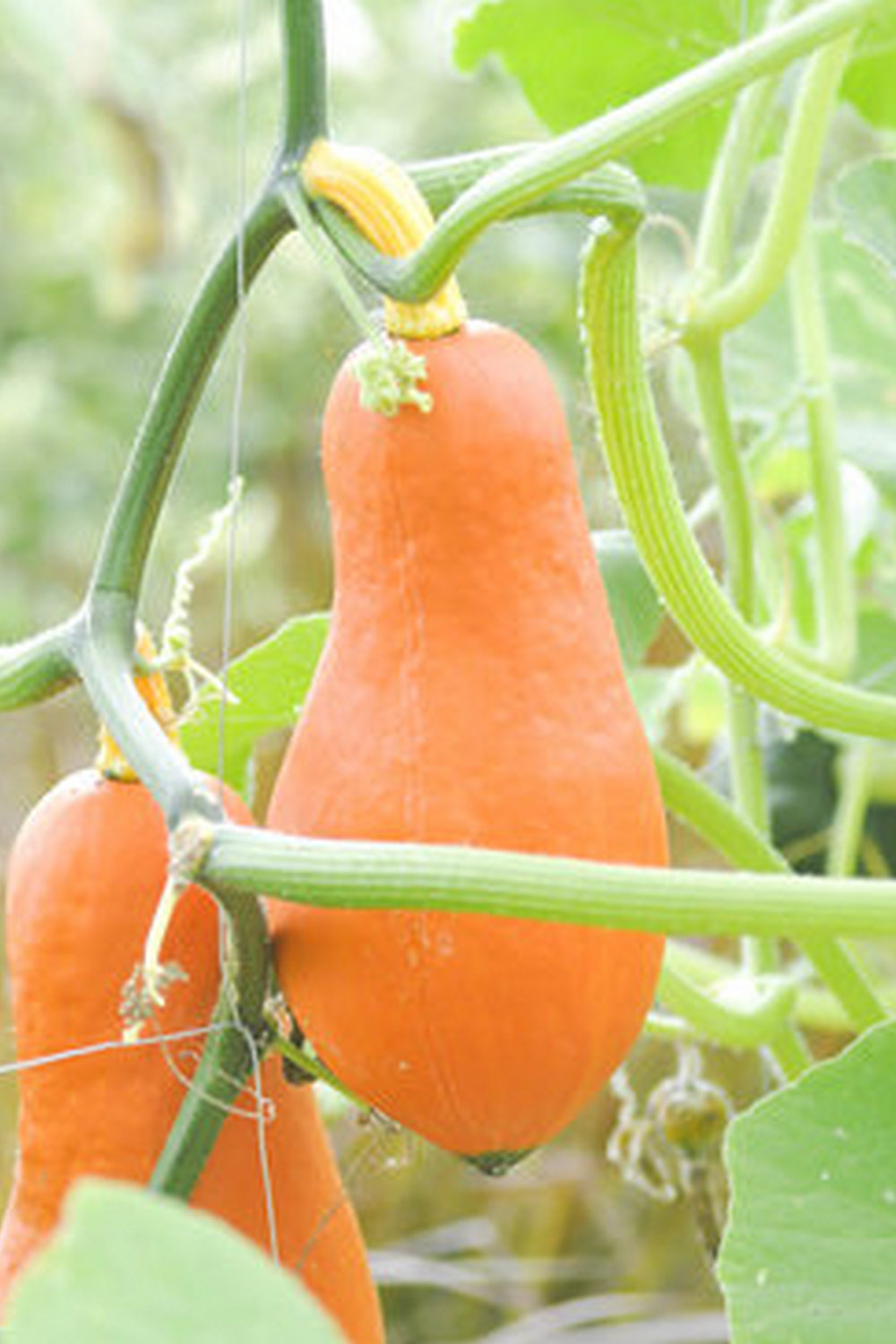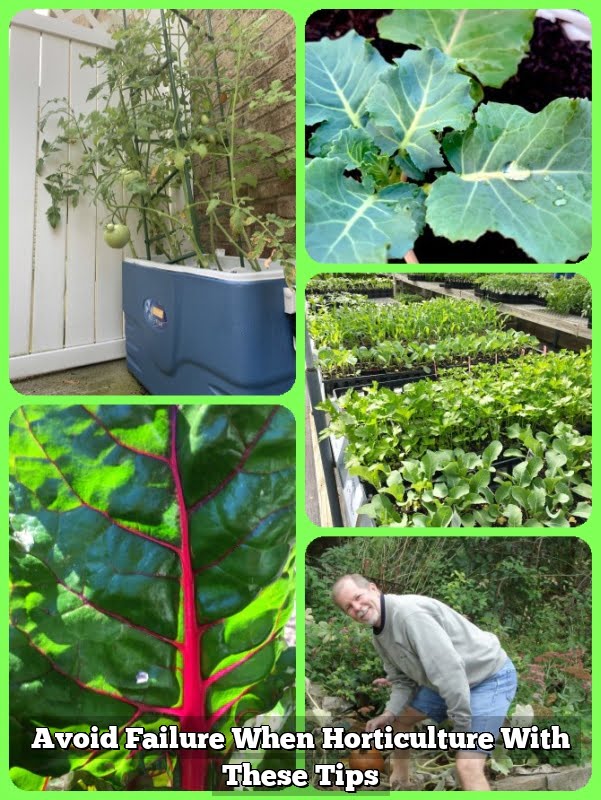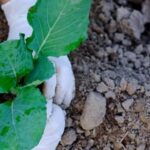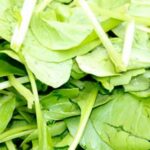When it comes to cultivating a thriving vegetable garden, one crucial aspect that often goes overlooked is being aware of the leaves to avoid planting. Some plants have toxic leaves that can pose a significant risk if ingested, not only for humans but also for pets and wildlife. Understanding which leaves to steer clear of in your vegetable garden is paramount to ensuring the safety and well-being of all.
In this comprehensive guide, we will explore common poisonous leaves that you should be cautious of including in your garden. From well-known plants like rhubarb and foxglove to lesser-known ones like castor beans, being able to recognize these toxic leaves can prevent potential harm and health issues. By learning about these hazardous plants, you can make informed choices when selecting greenery for your garden.
By familiarizing yourself with the symptoms of leaf poisoning, you can promptly identify any warning signs if you suspect accidental ingestion has occurred. Additionally, we will provide valuable insights into organic alternatives – safe and beneficial leaves that can serve as excellent substitutes in your vegetable garden. Stay tuned as we delve into ways to keep your green space healthy, vibrant, and free from harmful foliage.
Common Poisonous Leaves
When cultivating a vegetable garden, it is crucial to be aware of the leaves to avoid in vegetable gardens. Some plants have toxic foliage that can be harmful if ingested, leading to severe health issues or even fatalities. Among the common poisonous leaves that should be kept away from vegetable gardens are rhubarb, foxglove, and castor beans.
Rhubarb leaves contain oxalic acid and anthraquinone glycosides which are toxic to humans and animals alike. Ingesting rhubarb leaves can lead to symptoms such as nausea, vomiting, abdominal pain, difficulty breathing, and even coma in extreme cases.
Foxglove, a flowering plant with bell-shaped blooms, contains digitalis glycosides in its leaves that can cause irregular heartbeats and cardiac arrest if consumed. Castor beans produce ricin, a highly toxic protein found in their leaves and seeds, which can result in organ failure and death when ingested.
| Toxic Plant | Toxic Component |
|---|---|
| Rhubarb | Oxalic Acid and Anthraquinone Glycosides |
| Foxglove | Digitalis Glycosides |
| Castor Beans | Ricin |
To prevent accidental ingestion of these poisonous leaves in vegetable gardens, it is essential for gardeners to familiarize themselves with the appearance of these plants and exercise caution when handling them. Proper labeling of plants with toxic foliage can also serve as a visual reminder to avoid contact or consumption.
By being informed about the leaves to avoid in vegetable gardens like rhubarb, foxglove, and castor beans among others; gardeners can ensure a safer gardening experience for themselves and their families.
Symptoms of Poisoning
When it comes to maintaining a safe and healthy vegetable garden, being aware of the leaves to avoid is crucial. Ingesting toxic leaves can lead to various symptoms of poisoning that can range from mild discomfort to severe health issues. One common plant with poisonous leaves is rhubarb, which contains oxalic acid that may cause symptoms like vomiting, diarrhea, difficulty breathing, and even seizures if consumed in large quantities.
Another plant to watch out for is foxglove, known for its beautifully vibrant flowers but also toxic leaves containing digitalis glycosides. Ingesting foxglove leaves can result in symptoms such as nausea, irregular heartbeat, blurred vision, and weakness. Similarly, castor beans have highly toxic leaves due to the presence of ricin, causing symptoms like abdominal pain, dehydration, seizures, and organ failure when ingested.
It is essential to understand these symptoms of poisoning associated with consuming toxic leaves in order to quickly recognize and address any potential issues in the garden or accidental ingestion. Educating yourself and your family members about the dangers of these plants can help prevent emergencies and ensure a safe gardening experience.
| Toxic Plants | Symptoms of Poisoning |
|---|---|
| Rhubarb | Vomiting, diarrhea, difficulty breathing, seizures |
| Foxglove | Nausea, irregular heartbeat, blurred vision |
| Castor Beans | Abdominal pain, dehydration, seizures, organ failure |
Organic Alternatives
In a vegetable garden, it is essential to be mindful of the types of leaves being planted to ensure the safety of both humans and animals. While there are common poisonous leaves that should be avoided, there are also plenty of organic alternatives that can be grown instead. By selecting safe and beneficial leaves for your garden, you can avoid risks associated with toxic plants while still reaping the benefits of fresh produce right at home.
When choosing which leaves to plant in your vegetable garden, consider adding these organic alternatives to your list:
- Spinach: Rich in iron and various vitamins, spinach is a versatile leafy green that can thrive in many climates.
- Kale: Packed with antioxidants and nutrients, kale is a popular choice for health-conscious gardeners.
- Swiss Chard: With colorful stems and flavorful leaves, Swiss chard is not only visually appealing but also nutritious.
These organic alternatives not only provide a safe option for your vegetable garden but also contribute to a diverse and healthy ecosystem. By incorporating these beneficial leaves into your garden, you can enjoy fresh produce without the worry of accidentally planting toxic plants that could harm you or your loved ones.
Companion Planting Tips
When it comes to maintaining a healthy and thriving vegetable garden, considering companion planting can be a game-changer. Companion plants are beneficial in many ways, from improving soil quality to repelling pests that may be attracted to toxic leaves of certain plants. By strategically placing companion plants throughout your garden, you can create a natural barrier against harmful insects and keep your vegetables safe. Here are some suggestions for companion plants that can help protect your garden:
- Marigolds: Marigolds are known for their ability to deter pests like nematodes, aphids, and whiteflies. Planting marigolds around your vegetable garden can help keep these harmful insects at bay.
- Basil: Not only does basil enhance the flavor of various dishes, but it also acts as a natural pest repellent. Planting basil near tomatoes can protect them from pests like hornworms.
- Lavender: Lavender not only adds beauty and fragrance to your garden but also repels moths, fleas, flies, and mosquitoes. Consider planting lavender near cabbage or broccoli to protect them from cabbage moths.
In addition to repelling pests, some companion plants also attract beneficial insects that can help pollinate crops and control pest populations. By incorporating these companion plants into your vegetable garden, you create a more balanced ecosystem that promotes plant health and reduces the need for harmful pesticides. Remember to research the specific needs of each companion plant and ensure they are compatible with the vegetables you are growing.
Ultimately, understanding the importance of companion planting and implementing it in your vegetable garden can lead to healthier plants and higher yields. By taking proactive measures like choosing the right companion plants to protect against pests attracted to toxic leaves, you can create a thriving environment for your vegetables to flourish without the risk of contamination or damage caused by harmful insects.
Proper Disposal Methods
Understanding the Risks
When dealing with plants that have toxic leaves, it is crucial to handle them with care throughout their entire lifecycle. Improper disposal of these leaves can pose risks not only to humans but also to pets and wildlife in the vicinity. Even after removing the toxic plants from your vegetable garden, the leaves still contain toxins that can be harmful if ingested. Therefore, knowing how to properly dispose of these leaves is essential in maintaining a safe environment for all.
Composting vs. Landfill
One common method of disposing of garden waste is through composting. However, when it comes to leaves from toxic plants, composting may not be a safe option. The toxins present in these leaves can persist even after the composting process, potentially contaminating the soil and any produce grown in it.
Instead, it is recommended to dispose of these leaves in a sealed bag and send them to a landfill designated for hazardous waste. This prevents accidental ingestion by curious pets or animals that may come into contact with the discarded leaves.
Professional Removal Services
In cases where you are unsure how to safely handle or dispose of toxic plant leaves, seeking help from professional removal services may be the best course of action. These experts have the knowledge and tools needed to safely remove and dispose of hazardous materials, ensuring that no harm comes to anyone or anything that might encounter these toxic leaves.
While it may incur some cost, the peace of mind knowing that proper disposal has been taken care of is invaluable in protecting your loved ones and surrounding wildlife from potential harm.
Educating Children
When it comes to maintaining a vegetable garden, one crucial aspect that often gets overlooked is educating children about the leaves to avoid in the garden. Teaching kids about which plants have toxic leaves and should be kept away from the vegetable patch can help prevent any accidental ingestion or mishaps.
By instilling this knowledge in children at a young age, they can develop a better understanding of plant safety and cultivate a sense of responsibility when it comes to gardening.
Importance of Plant Safety Education
Educating children about the potential dangers of certain leaves in the garden not only keeps them safe but also allows them to actively participate in gardening activities. By knowing which plants to avoid and why, children can make informed decisions while helping out with planting, watering, or harvesting vegetables. This basic understanding of plant safety sets a foundation for future gardening endeavors and promotes a sense of awareness when exploring nature.
Fun Learning Activities
Making plant safety education enjoyable for children can be achieved through engaging activities such as creating flashcards with images of safe and toxic leaves, organizing a leaf identification scavenger hunt in the garden, or even growing non-toxic plants together as a hands-on lesson. Encouraging kids to ask questions about different types of plants and their leaves fosters curiosity and enhances their learning experience.
By incorporating fun activities into plant safety education, children are more likely to retain valuable information about leaves to avoid in vegetable gardens.
Resources for Further Reading
In conclusion, being aware of the leaves to avoid in vegetable gardens is crucial to ensure the safety of both humans and pets. Plants like rhubarb, foxglove, and castor beans may be common in gardens but can pose serious health risks if ingested. Recognizing the symptoms of poisoning and promptly seeking medical attention is imperative in case of accidental consumption.
It is essential to not only focus on identifying toxic leaves but also on exploring organic alternatives that are safe and beneficial for vegetable gardens. By incorporating companion plants that repel pests attracted to toxic leaves, gardeners can create a healthier and thriving garden environment. Additionally, proper disposal methods for leaves from toxic plants should be followed to prevent any accidental ingestion by pets or wildlife.
Educating children about the importance of distinguishing between safe and toxic leaves in the garden is key to promoting a culture of awareness and caution. By fostering this knowledge early on, children can develop a sense of responsibility towards plant safety.
For those interested in delving deeper into the subject, there are resources available for further reading that provide detailed information on toxic leaves and their effects on vegetable gardens. Staying informed and vigilant can help maintain a safe and flourishing vegetable garden for all to enjoy.
Frequently Asked Questions
What Kind of Leaves Should Not Be Composted?
Some leaves that should not be composted include diseased or insect-infected leaves, as they can spread disease to your garden. Also, avoid using leaves from plants that are toxic to humans or animals.
Should You Put Leaves in Your Vegetable Garden?
Putting leaves in your vegetable garden can actually be beneficial. They can help suppress weeds, retain moisture in the soil, and eventually break down into rich organic matter that adds nutrients to the soil for your vegetables.
Can You Have Too Many Leaves in Your Garden?
While having an abundance of leaves in your garden can be beneficial for composting and adding organic matter to the soil, too many leaves can cause issues such as creating a breeding ground for pests or blocking sunlight from reaching plants. It’s all about finding the right balance for your garden’s needs.

If you’re looking to get into vegetable gardening, or are just looking for some tips on how to make your current garden better, then you’ve come to the right place! My name is Ethel and I have been gardening for years. In this blog, I’m going to share with you some of my best tips on how to create a successful vegetable garden.





